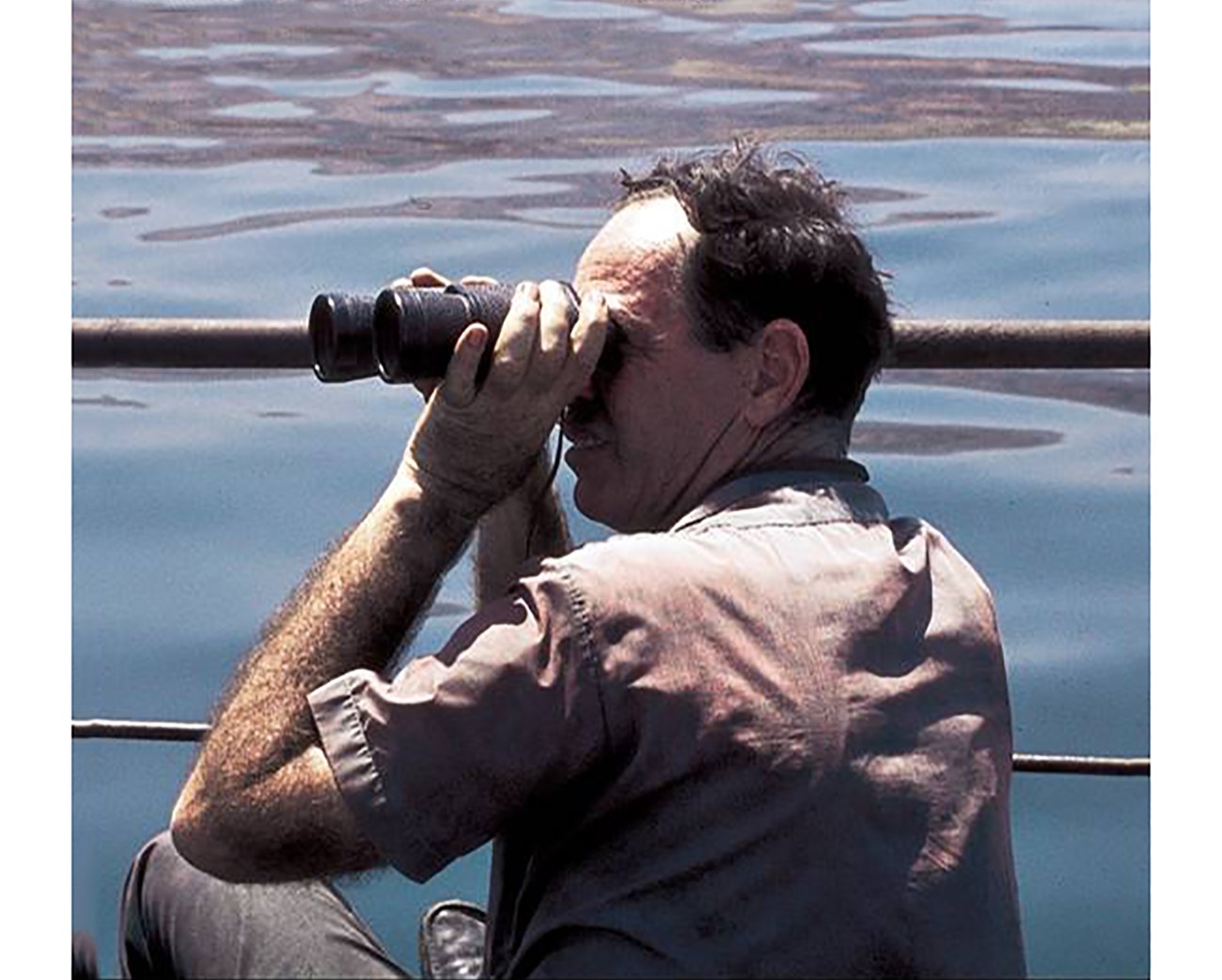Citation:
Abstract:
This study assesses the variability of shear-wave (VS) profile determinations for a suite of methods at six industrial sites. The methods include active, consisting of multi-channel analysis of surface waves (MASW), as well as passive, consisting of refraction microtremor (ReMi), and extended spatial autocorrelation (ESAC). The purpose is to ascertain the effect of the higher level of ambient noise on the results from the different methods, as only a few of these many methods are commonly used for site characterization. The measured dispersion curves are in fair agreement with one another. The average coefficient of variation (CoV; the percentage ratio of the standard deviation to the mean) for the dispersion curves varied from 2.5% to 12.6%. In contrast, over the VS-depth domain, the average shear-wave velocity profiles to a depth z (VS,Z) vary from 11.6% to 16.5% between the various methods at the different sites. This indicates that the variance among the individual methods can lead to significant misinterpretation of the shallow subsurface, while the average VS,Z is much more robust. This reaffirms its use (mainly as VS,30) in building codes and within ground motion prediction equations (GMPEs). At all six sites, because of inversion processes, the variability within each method ranges from 4% up to 14%. There is no correlation between the test type and the CoV. Our study focused on surface-wave measurements in noisy industrial environments, where the signals processed are typically complex. Despite this complexity, our results suggest that such tests are also applicable to industrial zones, where the noisy environment constitutes an energy source.

